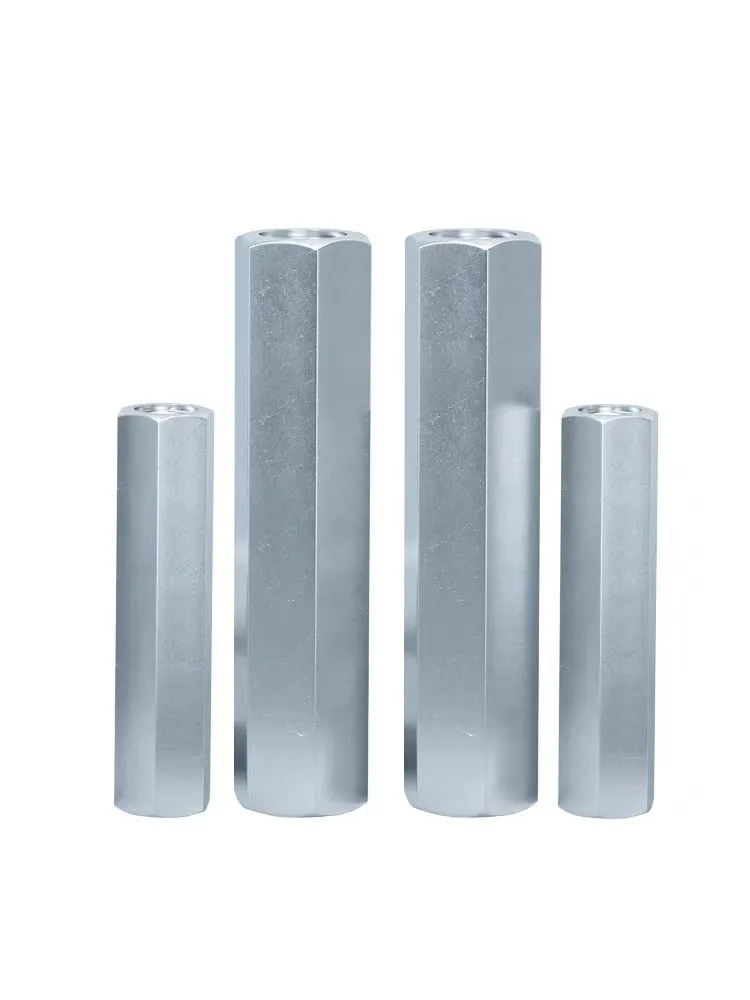

Innovative Solutions for Securing Wall Fasteners Effectively and Efficiently
Oct . 11, 2024 08:36 Back to list
Innovative Solutions for Securing Wall Fasteners Effectively and Efficiently
Understanding Wall Fasteners The Essential Guide
When it comes to home improvement or construction projects, one of the most crucial elements often overlooked is the choice of wall fasteners. Whether you are hanging a picture frame, installing shelves, or mounting a television, selecting the right fastener is key to ensuring a secure and safe attachment. This article will delve into the various types of wall fasteners, their applications, and tips for effective usage.
Types of Wall Fasteners
1. Nails and Screws - Nails Commonly used for attaching wood to wood or for hanging lightweight items. They come in various sizes and types, including finishing nails and panel nails, but they have limited holding strength in drywall. - Screws A more robust option compared to nails. Wood screws, drywall screws, and machine screws are among the most commonly used varieties. Screws create a stronger bond due to their threaded design, making them preferable for heavier items.
2. Anchors - Plastic Anchors Ideal for hanging lightweight objects, these anchors expand within the wall when a screw is inserted. They work well in drywall but are not suitable for very heavy items. - Metal Anchors More durable than their plastic counterparts, these are designed for heavier applications. Types include toggle bolts and molly bolts, which provide superior grip in the wall. - Toggle Bolts These consist of a machine screw and a toggle that expands behind the wall when installed. They are perfect for hanging shelves or heavy art pieces. - Molly Bolts When inserted, these anchors expand in the wall, providing a sturdy hold for medium to heavyweight items.
3. Adhesives - For applications where drilling is not desired or allowed, construction adhesives like epoxy or specific wall adhesives can be an option. These work well for items like wall panels or decorative elements, but the load-bearing capability may be limited.
wall fasteners

Applications of Wall Fasteners
Each type of wall fastener serves a distinct purpose - Lightweight Decor For small items, simple nails or plastic anchors work efficiently. - Shelves and Cabinets When installing shelves or heavy cabinets, it's crucial to use metal anchors or toggle bolts to ensure they can bear the load without risking a collapse. - TV Mounts Given the weight of modern television sets, using toggle bolts or appropriate mounting brackets designed specifically for the weight and type of wall material is vital. - Heavy Artwork Art pieces can sometimes weigh a considerable amount, so opting for a wall fastener with significant holding power, such as molly bolts or heavy-duty screws, is recommended.
Tips for Effective Usage
1. Assess Wall Material Different walls (drywall, concrete, brick) require different fasteners. Ensure you know what your wall is made of before selecting a fastener. 2. Weight Capacity Always check the weight capacity of the wall fasteners you choose. Overloading can lead to failures, resulting in damage or injury. 3. Correct Installation Follow the instructions for each type of fastener. Incorrect installation can compromise their holding strength. 4. Spacing and Placement For items like shelves, ensure that fasteners are placed at appropriate intervals to distribute weight evenly. 5. Test Before Loading Once installed, it’s a good practice to test the strength by gently tugging on the mounted item before fully loading it to ensure it’s secure.
Conclusion
Choosing the right wall fasteners is essential for any DIY project or professional construction work. Understanding the types available, their specific applications, and best practices for installation can make a significant difference in the quality and safety of your work. By investing time in selecting appropriate fasteners and following guidelines for their use, you can ensure that your installations not only look good but are built to last. Whether you are a seasoned handyman or just starting, the right knowledge about wall fasteners will empower your projects and enhance the functionality of your space.
Latest news
-
High-Strength Hot Dip Galvanized Bolts - Hebei Longze | Corrosion Resistance, Customization
NewsJul.30,2025
-
Hot Dip Galvanized Bolts-Hebei Longze|Corrosion Resistance&High Strength
NewsJul.30,2025
-
High-Strength Hot-Dip Galvanized Bolts-Hebei Longze|Corrosion Resistance&High Strength
NewsJul.30,2025
-
Hot Dip Galvanized Bolts-Hebei Longze|Corrosion Resistance&High Strength
NewsJul.30,2025
-
Hot Dip Galvanized Bolts - Hebei Longze | Corrosion Resistance, High Strength
NewsJul.30,2025
-
High-Strength Hot Dip Galvanized Bolts-Hebei Longze|Corrosion Resistance, Grade 8.8
NewsJul.30,2025

